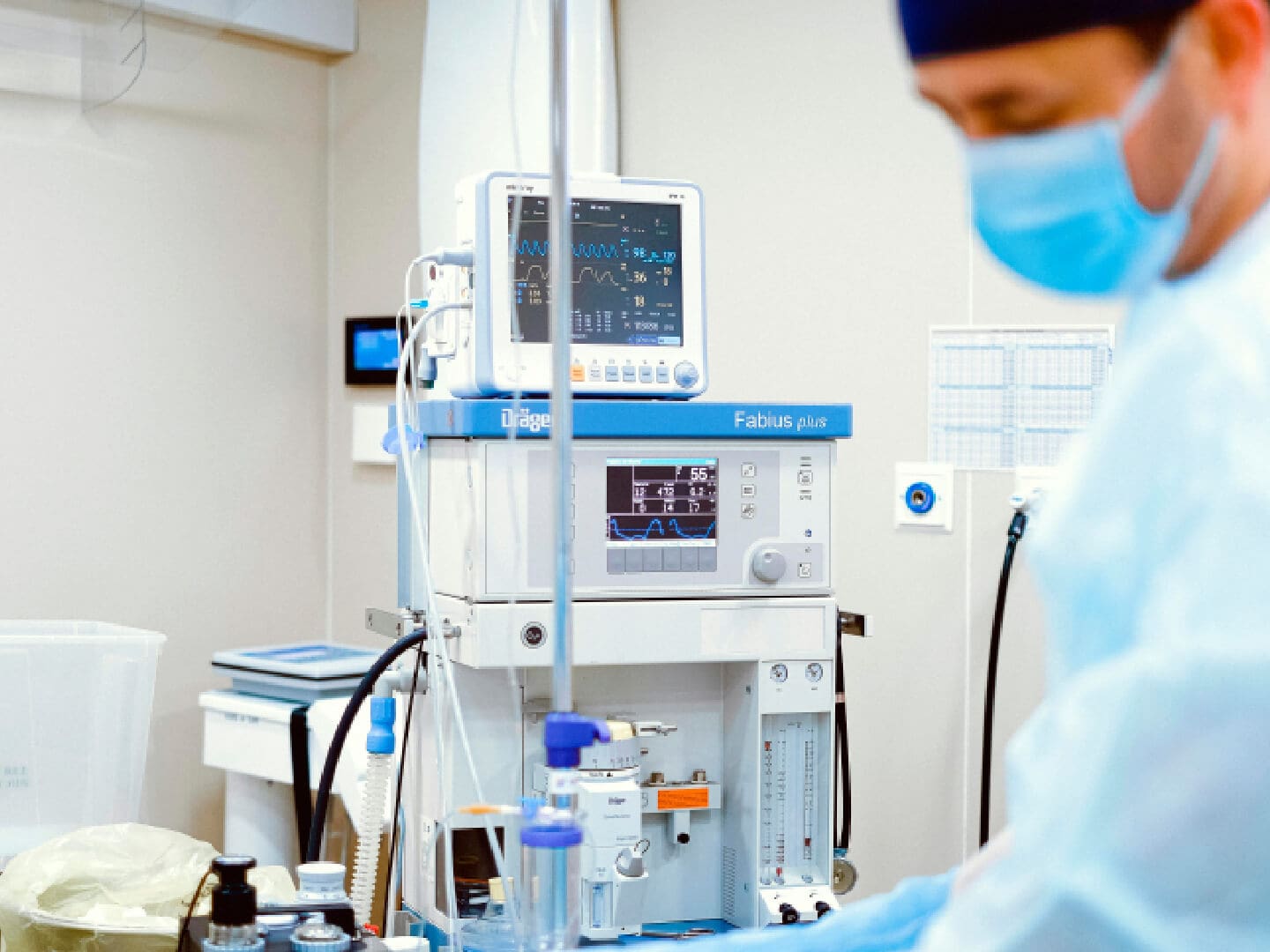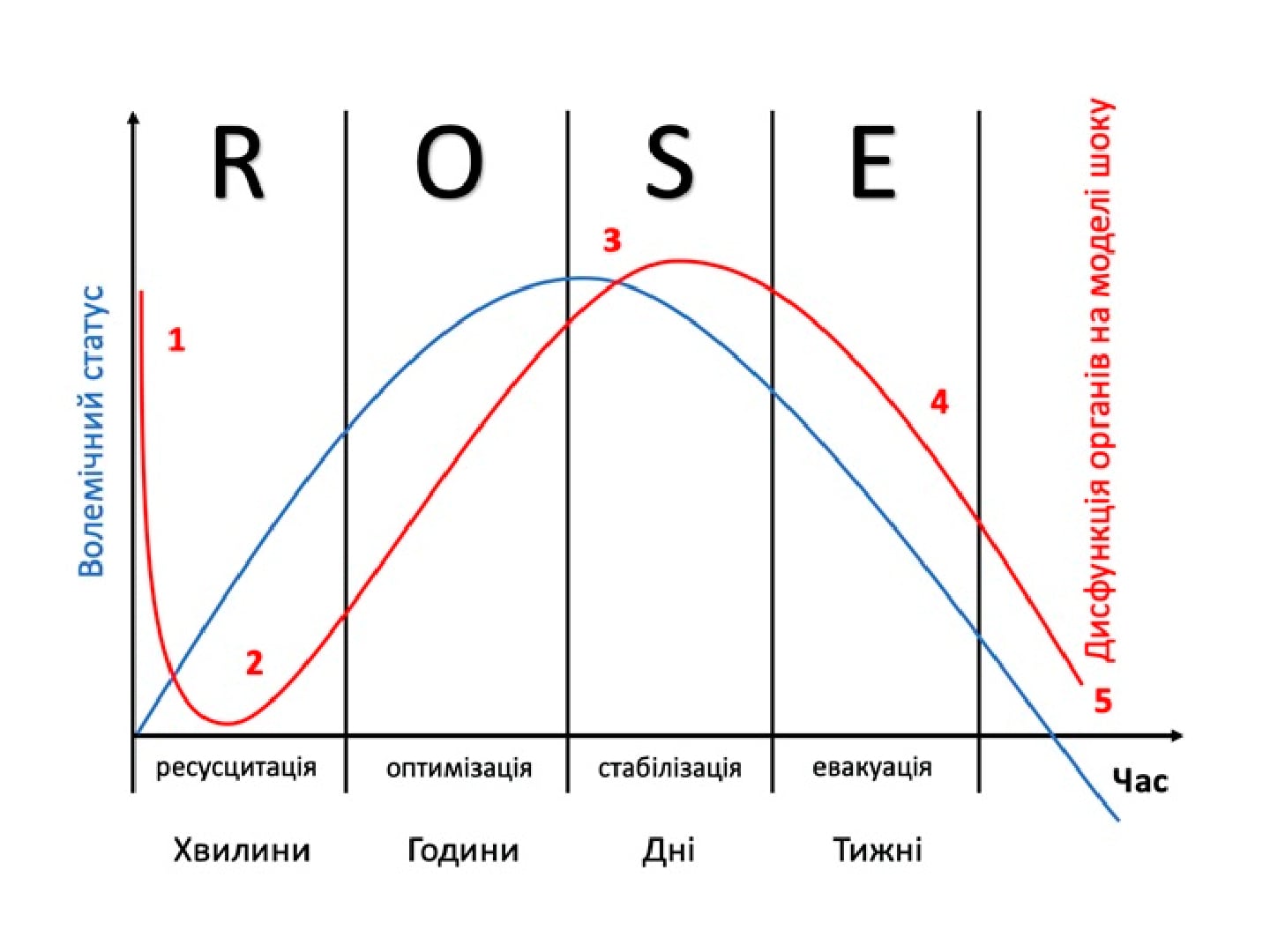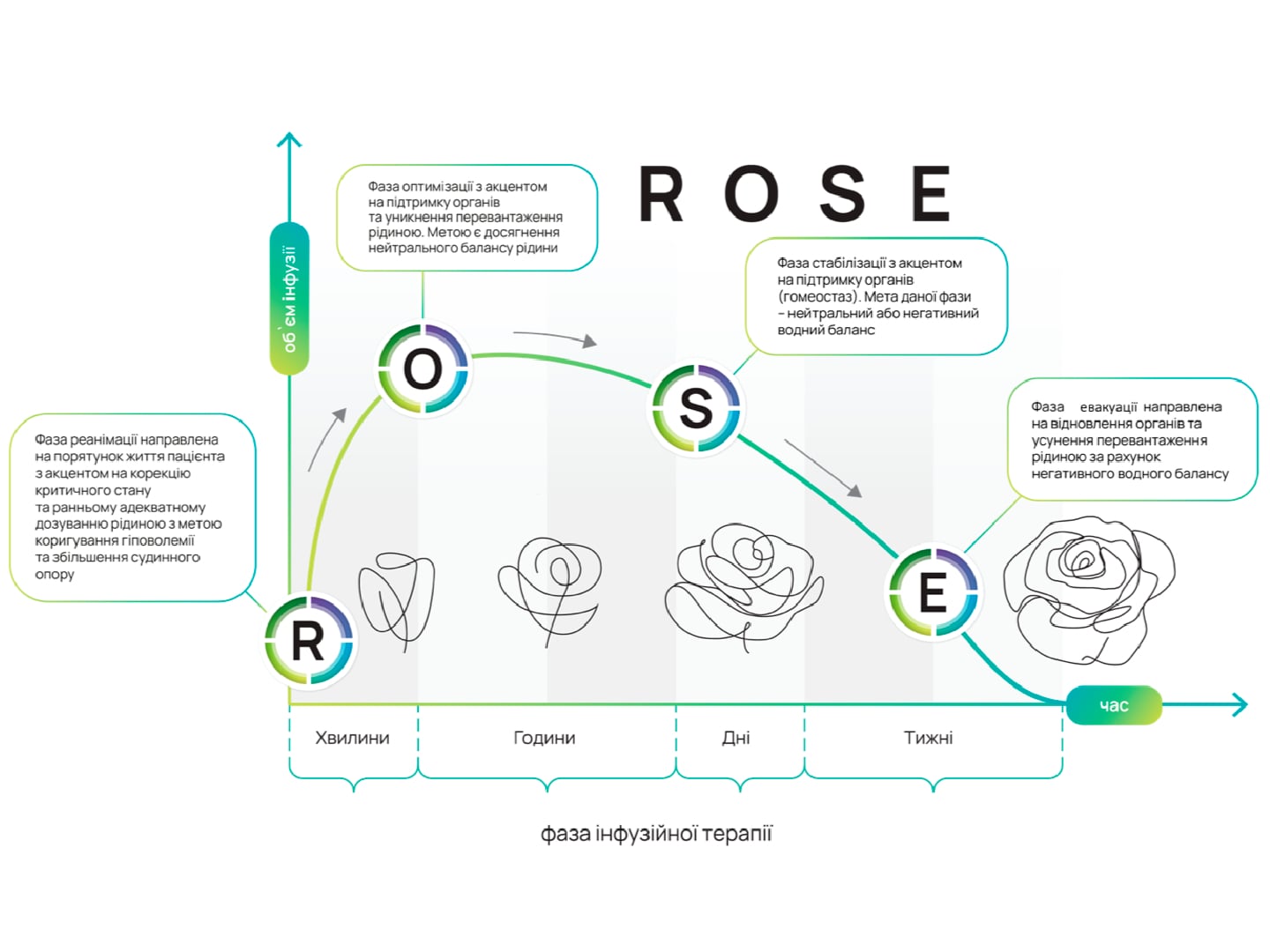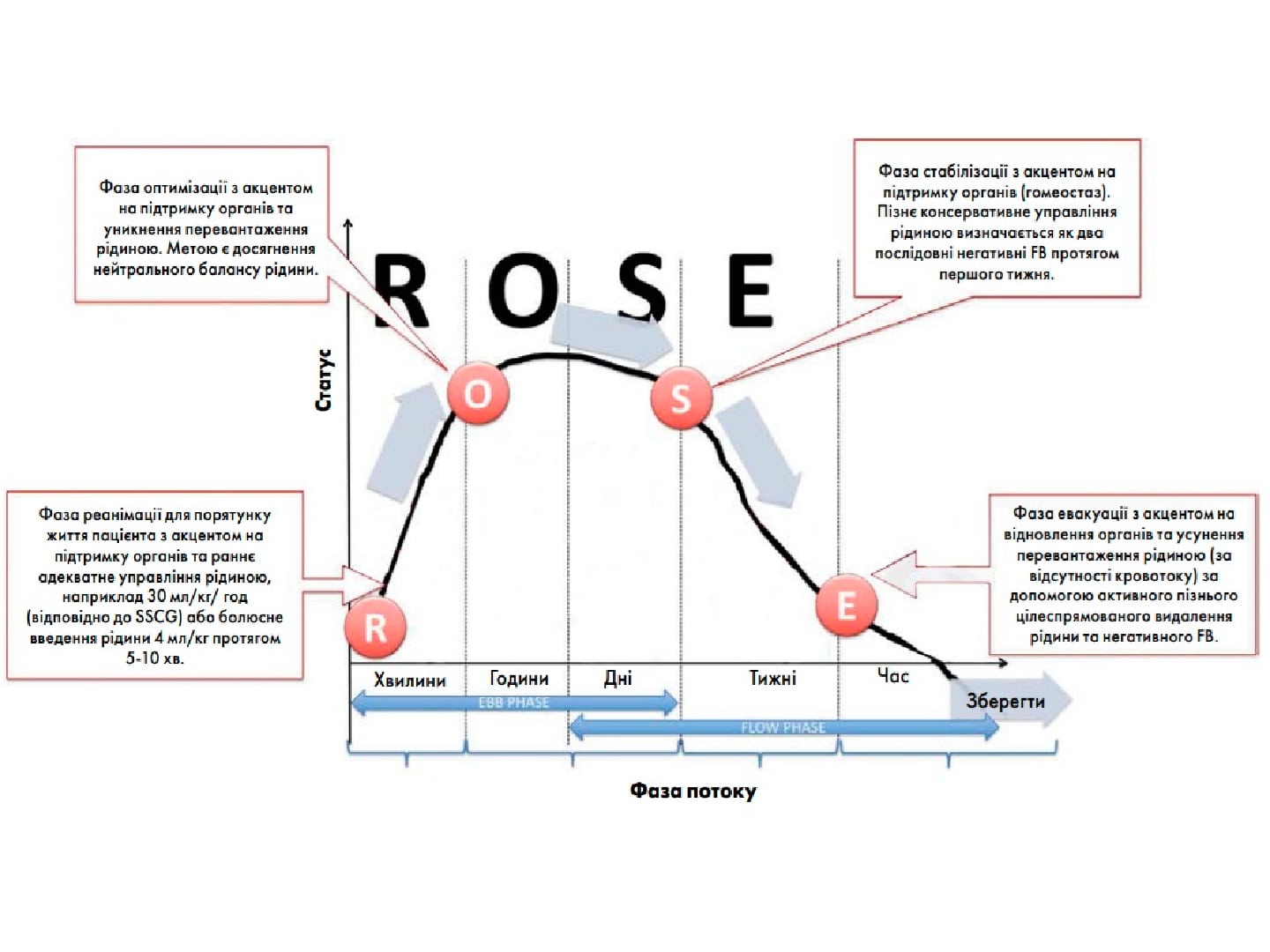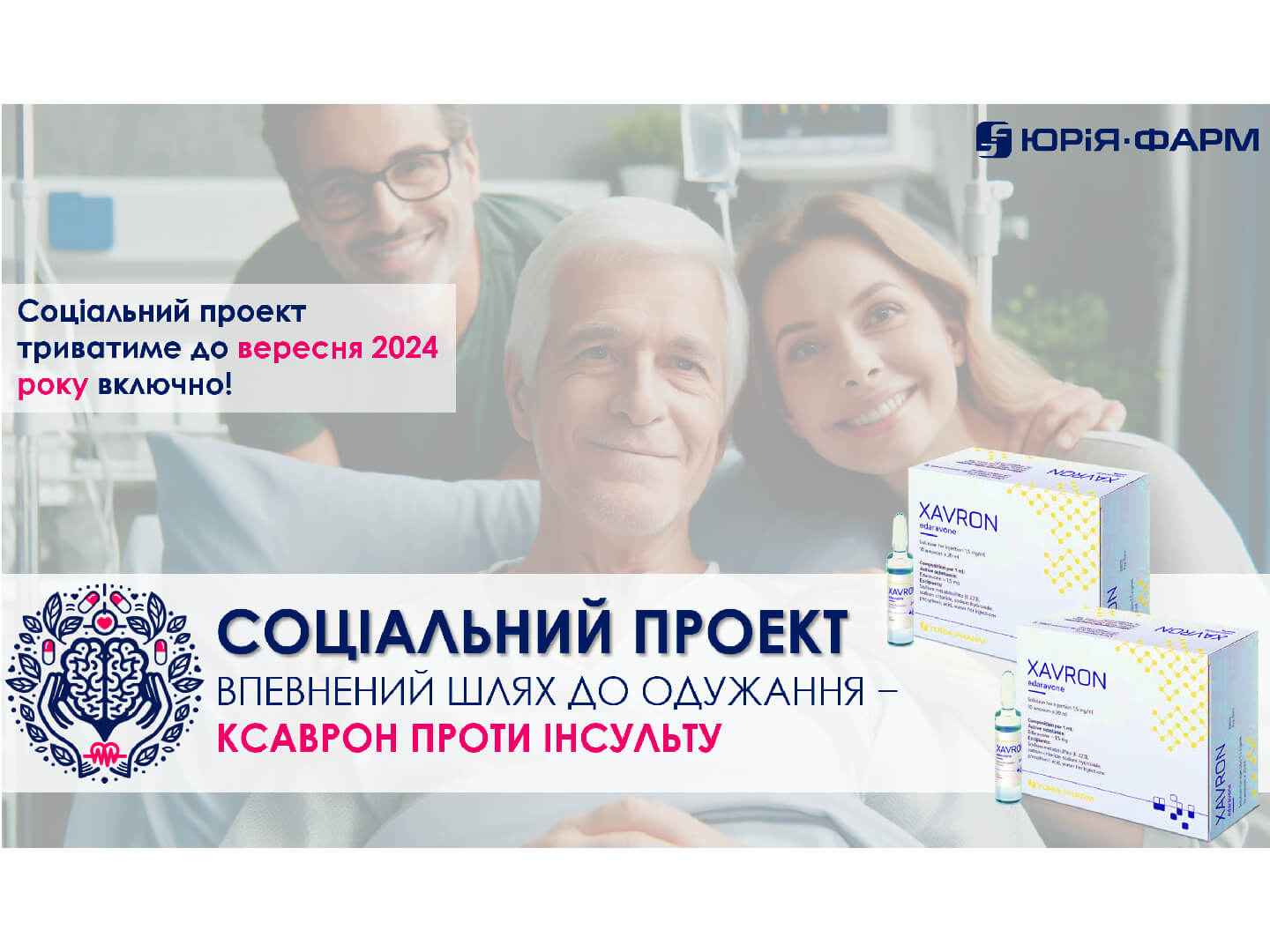Місце сучасних α-2-агоністів в інтраопераційній седації пацієнтів травматологічного / ортопедичного профілю
Резюме. Сучасні травматологічні операції мають ряд особливостей. Це: тривалість, великий пул вікових пацієнтів з низькими функціональними резервами, вимушене положення тіла, часто операції в умовах регіонарної анестезії зі збереженою свідомістю, що вимагає особливої уваги з боку анестезіолога. Для профілактики стресових реакцій, пов’язаних з ефектом присутності пацієнта на операції, використовується інтраопераційна седація внутрішньовенними агентами.
Одним із класів є α-2-адреноміметики, препарати, що володіють антиноцицептивною, анксіолітичною, симпатолітичною активністю, і поряд з цим мають ряд побічних ефектів у вигляді гіпо- / гіпертензії, вазоспазму, брадикардії. Розглянуто місце сучасного α-2-агоніста дексмедетомідину в схемах періопераційного менеджменту пацієнтів зі скелетною травмою.
Ключові слова: α-2-агоністи, дексмедетомідин, інтраопераційна седація, процедурна седація.
Автори:
Доморацький А. Е., Крилюк В. Є., Кучинська І. А., Пилипенко Т. М., Павленко А. І., Горбань Д.А.
НМАПО імені П. Л. Шупика, КМКЛ № 6, Національний технічний університет України “Київський політехнічний інститут імені Ігоря Сікорського”
Література:
- “Pathomechanisms and complications related to patient position-ing and anesthesia during shoulder arthroscopy.” Rains DD, Rooke GA, Wahl CJ. // Arthroscopy2011 Apr;27(4):532–41.
- “Hypotensive bradycardic events during shoulder arthroscopic surgery under interscalene brachial plexus blocks.” Song SY, Roh WS. // Korean J Anesthesiol2012;62(3):209–19.
- “Deliberate hypotension in orthopedic surgery reduces blood loss and transfusion requirements: a meta-analysis of randomized con-trolled trials.” Paul JE, Ling E, Lalonde C, Thabane L. // Can J An-aesth2007;54:799–810.
- “Target-controlled infusion (Propofol) versus inhaled anaesthetic (Sevoflurane) in patients undergoing shoulder arthroscopic sur-gery.” Tantry TP, Muralishankar B, Adappa KK, Bhandary S, Shet-ty P, Shenoy SP. // Indian J Anaesth2013;57(1):35–40.
- “Blood pressure response to combined general anesthesia/inter-scalene brachial plexus block for outpatient shoulder arthrosco-py.” Janssen H, Stosch RV, Poschl R, Buttner B, Bauer M, Hinz JM, et al. // BMC Anesthesiol2014; doi: 10.1186/1471–2253–14–50.
- “Cerebral oxygenation in patients undergoing shoulder surgery in beach chair position: comparing general to regional anesthesia and the impact on neurobehavioral outcome.” Aguirre J, Borgeat A, Trachsel T, Cobo Del Prado I, De Andr s J, B hler P. // Rev Esp Anestesiol Reanim2014;61(2):64–72.
- “Neer Award 2012: cerebral oxygenation in the beach chair posi-tion: a prospective study on the effect of general anesthesia com-pared with regional anesthesia and sedation.” Koh JL, Levin SD, Chehab EL, Murphy GS. // J Shoulder Elbow Surg2013; 22(10): 1325–31.
- “Тhe effects of exogenous epinephrine on the incidente of hypo-tensive/bradycardic events during soulder surgery in the sitting position during interscalene block.” Sia S, Sarro F, Lepri A, Barto-li M. // Anesth Analg2003;97:583–8.
- “Intranasal Low-Dose Dexmedetomidine Reduces Postoperative Opioid Requirement in Patients Undergoing Hip Arthroplasty Under General Anesthesia.” Uusalo P, Jtinvuori H, L yttyniemi E, Kosola J, Saari TI // J Arthroplasty. 2019 Apr;34(4):686–692.e2. doi: 10.1016/j.arth.2018.12.036. Epub 2019 Jan 7.
- “Comparison of Intraoperative Sedation With Dexmedetomi-dine Versus Propofol on Acute Postoperative Pain in Total Knee Arthroplasty Under Spinal Anesthesia: A Randomized Trial.” Shin HJ, Do SH, Lee JS, Kim TK, na HS // Anesth Analg. 2019 Dec;129(6):1512–1518. doi: 10.1213/AnE.0000000000003315.
- “Does kinesiophobia affect the early functional outcomes follow-ing total knee arthroplasty?” G ney-Deniz H1, Irem Kınıklı G1, alar 2, Atilla B2, Yksel 3. // Physiother Theory Pract. 2017 Jun;33(6):448–453. doi: 11.1080/09593985.2017.1318988. Epub 2017 May 8.
- Can J Anaesth. 2010 Jan;57(1):39–45. doi: 10.1007/s12630–009–9231–6. Epub 2009 Dec 29. “Intravenous dexmedetomidine, but not midazolam, prolongs bupivacaine spinal anesthesia.” Kaya Fn1, Yavascaoglu B, Turker G, Yildirim A, Gurbet A, Mogol EB, Ozcan B. // Can J Anaesth. 2010 Jan;57(1):39–45. doi: 10.1007/s12630–009–9231–6. Epub 2009 Dec 29.
- “Comparison of Intravenous Dexmedetomidine with Midazolam in Prolonging Spinal Anaesthesia with Ropivacaine.” Rekhi B1, Kaur T, Arora D, Dugg P // J Clin Diagn Res. 2017 Feb;11(2):UC01-UC04. doi: 10.7860/JCDR/2017/23874.9344. Epub 2017 Feb 1.
- Rains DD, Rooke GA, Wahl CJ. Pathomechanisms and Complica-tions Related to Patient Positioning and Anesthesia During Shoul-der Arthroscopy. Arthroscopy: The Journal of Arthroscopic & Related Surgery [Internet]. Elsevier BV; 2011 Apr;27(4):532–41. Available from: https://doi.org/10.1016/j.arthro.2010.09.008
- Song SY, Roh WS. Hypotensive bradycardic events during shoulder arthroscopic surgery under interscalene brachial plexus blocks. Korean Journal of Anesthesiology [Internet]. The Korean Society of Anesthesiologists; 2012;62(3):209. Available from: https://doi.org/10.4097/kjae.2012.62.3.209
- Paul JE, Ling E, Lalonde C, Thabane L. Deliberate hypotension in orthopedic surgery reduces blood loss and transfusion require-ments: A meta-analysis of randomized controlled trials. Canadian Journal of Anesthesia/Journal canadien d’anesth sie [Internet]. Springer Science and Business Media LLC; 2007 Oct;54(10):799–810. Available from: https://doi.org/10.1007/bf03021707
- Tantry T, Muralishankar B, Adappa K, Bhandary S, Shetty P, Shenoy S.Target-controlled infusion (Propofol) versus inhaled anaesthetic 13 Огляд / ReviewПеріопераційна медицина (Perioperarive Medicine). – 2020. – Том 3, №1(Sevoflurane) in patients undergoing shoulder arthroscopic surgery. Indian Journal of Anaesthesia [Internet]. Medknow; 2013;57(1):35. Available from: https://doi.org/10.4103/0019–5049.108559.
- Janssen H, Stosch R von, Pschl R, B ttner B, Bauer M, Hinz JM, et al. Blood pressure response to combined general anaesthesia/interscalene brachial plexus block for outpatient shoulder arthros-copy. BMC Anesthesiology [Internet]. Springer Science and Busi-ness Media LLC; 2014 Jun 30;14(1). Available from: https://doi.org/10.1186/1471–2253–14–50.
- Aguirre J, Borgeat A, Trachsel T, Cobo del Prado I, De Andr s J, Bhler P. Cerebral oxygenation in patients undergoing shoulder surgery in beach chair position: Comparing general to regional anesthesia and the impact on neurobehavioral outcome. Revista Espaola de Anestesiologa y Reanimacin [Internet]. Elsevier BV; 2014 Feb;61(2):64–72. Available from: https://doi.org/10.1016/j.redar.2013.08.002.
- Koh JL, Levin SD, Chehab EL, Murphy GS. neer Award 2012: Cere-bral oxygenation in the beach chair position: a prospective study on the effect of general anesthesia compared with regional anes-thesia and sedation. Journal of Shoulder and Elbow Surgery [In-ternet]. Elsevier BV; 2013 Oct;22(10):1325–31. Available from: https://doi.org/10.1016/j.jse.2013.01.035.
- Sia S, Sarro F, Lepri A, Bartoli and M. The Effect of Exogenous Epinephrine on the Incidence of Hypotensive/Bradycardic Events During Shoulder Surgery in the Sitting Position During Intersca-lene Block. Anesthesia & Analgesia [Internet]. Ovid Technologies (Wolters Kluwer Health); 2003 Aug;97(2):583–8. Available from: https://doi.org/10.1213/01.ane.0000070232.06352.48.
- Uusalo P, Jtinvuori H, L yttyniemi E, Kosola J, Saari TI. Intrana-sal Low-Dose Dexmedetomidine Reduces Postoperative Opioid Requirement in Patients Undergoing Hip Arthroplasty Under General Anesthesia. The Journal of Arthroplasty [Internet]. Else-vier BV; 2019 Apr;34(4):686–692.e2. Available from: https://doi.org/10.1016/j.arth.2018.12.036.
- Uusalo P, Jtinvuori H, L yttyniemi E, Kosola J, Saari TI. Intrana-sal Low-Dose Dexmedetomidine Reduces Postoperative Opioid Requirement in Patients Undergoing Hip Arthroplasty Under General Anesthesia. The Journal of Arthroplasty [Internet]. Else-vier BV; 2019 Apr;34(4):686–692.e2. Available from: https://doi.org/10.1016/j.arth.2018.12.036.
- Shin HJ, Do SH, Lee JS, Kim TK, na HS. Comparison of Intraoper-ative Sedation With Dexmedetomidine Versus Propofol on Acute Postoperative Pain in Total Knee Arthroplasty Under Spinal An-esthesia. Anesthesia & Analgesia [Internet]. Ovid Technologies (Wolters Kluwer Health); 2019 Dec;129(6):1512–8. Available from: https://doi.org/10.1213/ane.0000000000003315.
- Gney-Deniz H, Irem Kınıklı G, alar , Atilla B, Y ksel. Does ki-nesiophobia affect the early functional outcomes following total knee arthroplasty? Physiotherapy Theory and Practice [Internet]. Informa UK Limited; 2017 May 8;33(6):448–53. Available from: https://doi.org/10.1080/09593985.2017.1318988.
- Kaya Fn, Yavascaoglu B, Turker G, Yildirim A, Gurbet A, Mogol EB, et al. Intravenous dexmedetomidine, but not midazolam, prolongs bupivacaine spinal anesthesia. Canadian Journal of Anesthesia/Journal canadien d’anesth sie [Internet]. Springer Science and Business Media LLC; 2009 Dec 29;57(1):39–45. Available from: https://doi.org/10.1007/s12630–009–9231–6.
- Rekhi BK. Comparison of Intravenous Dexmedetomidine with Midazolam in Prolonging Spinal Anaesthesia with Ropivacaine. JOURnAL OF CLInICAL AnD DIAGnOSTIC RESEARCH [Internet]. JCDR Research and Publications; 2017; Available from: https://doi.org/10.7860/jcdr/2017/23874.9344.

